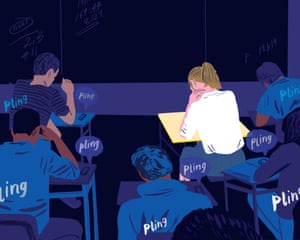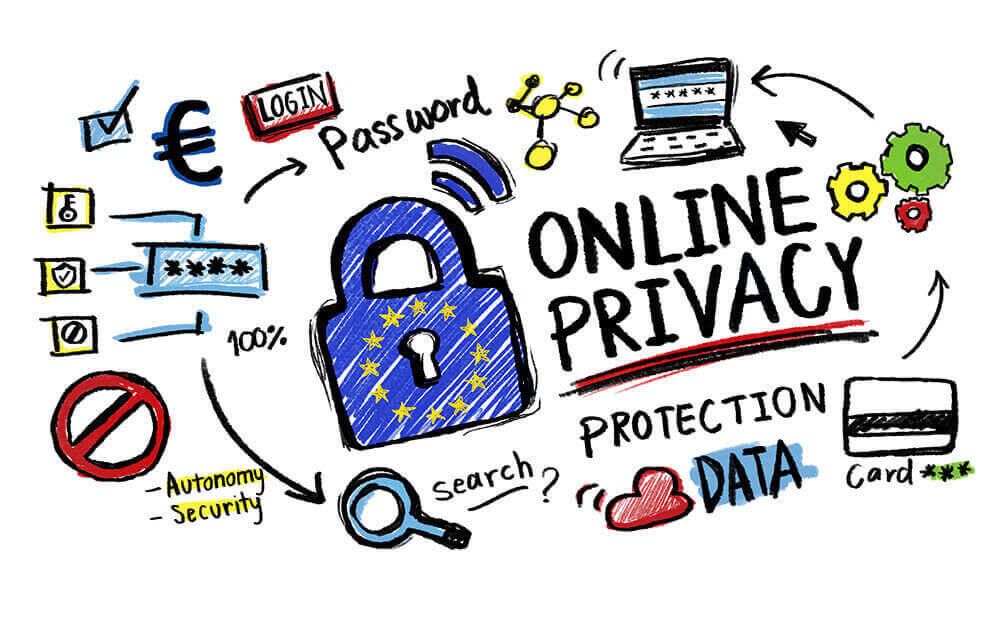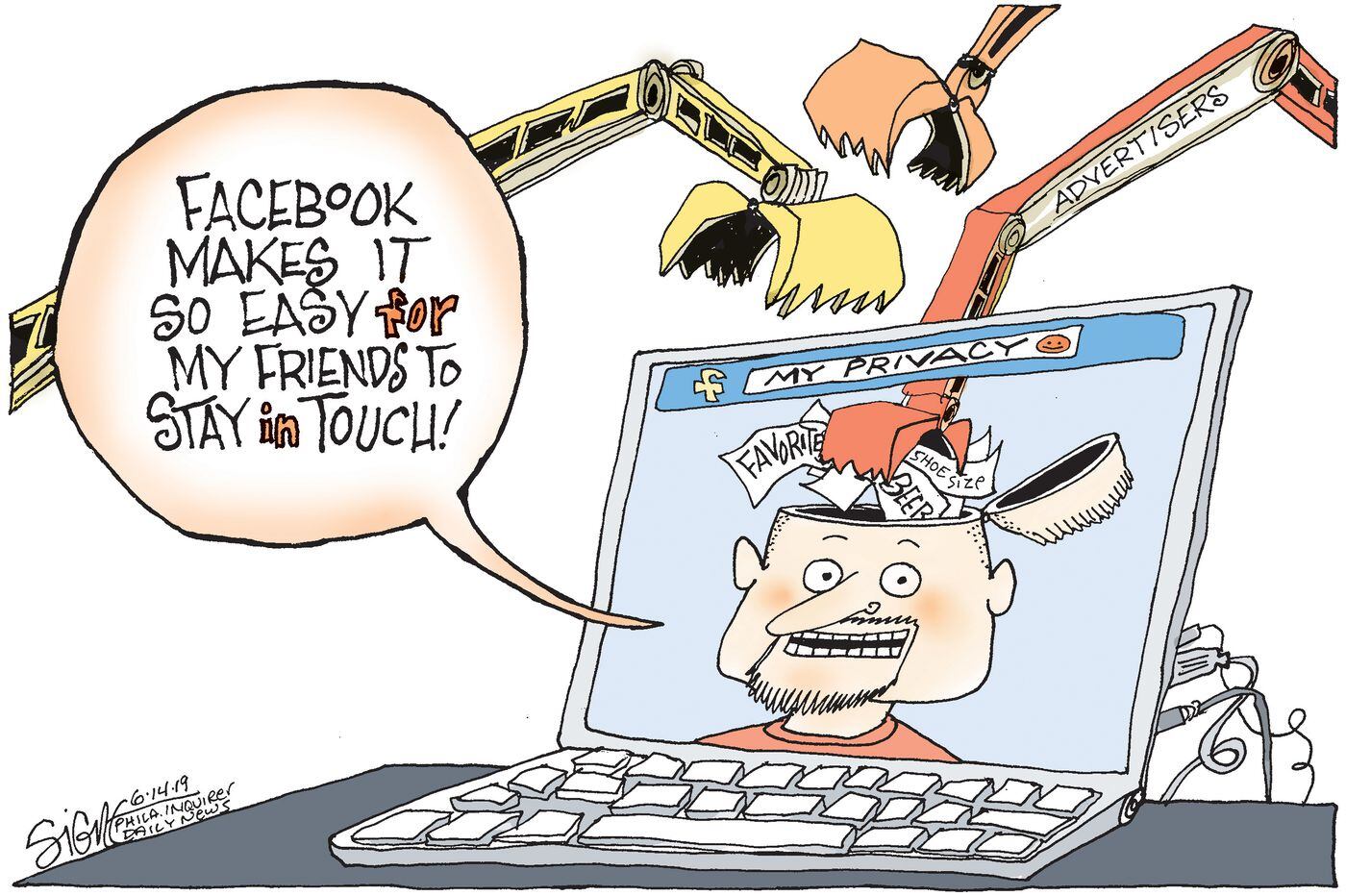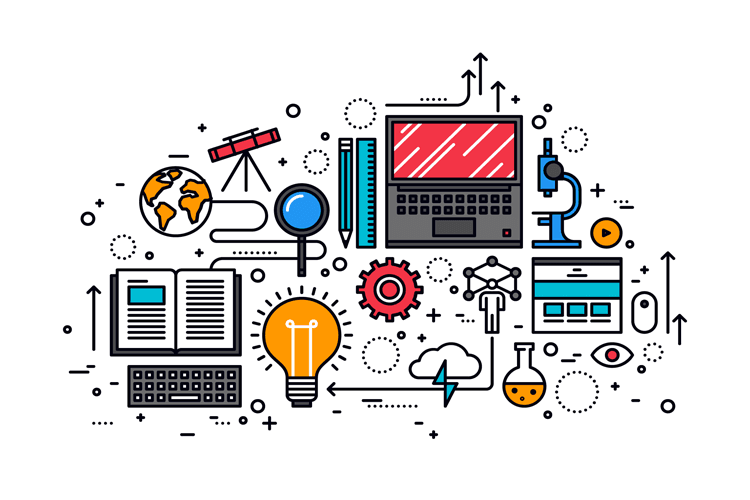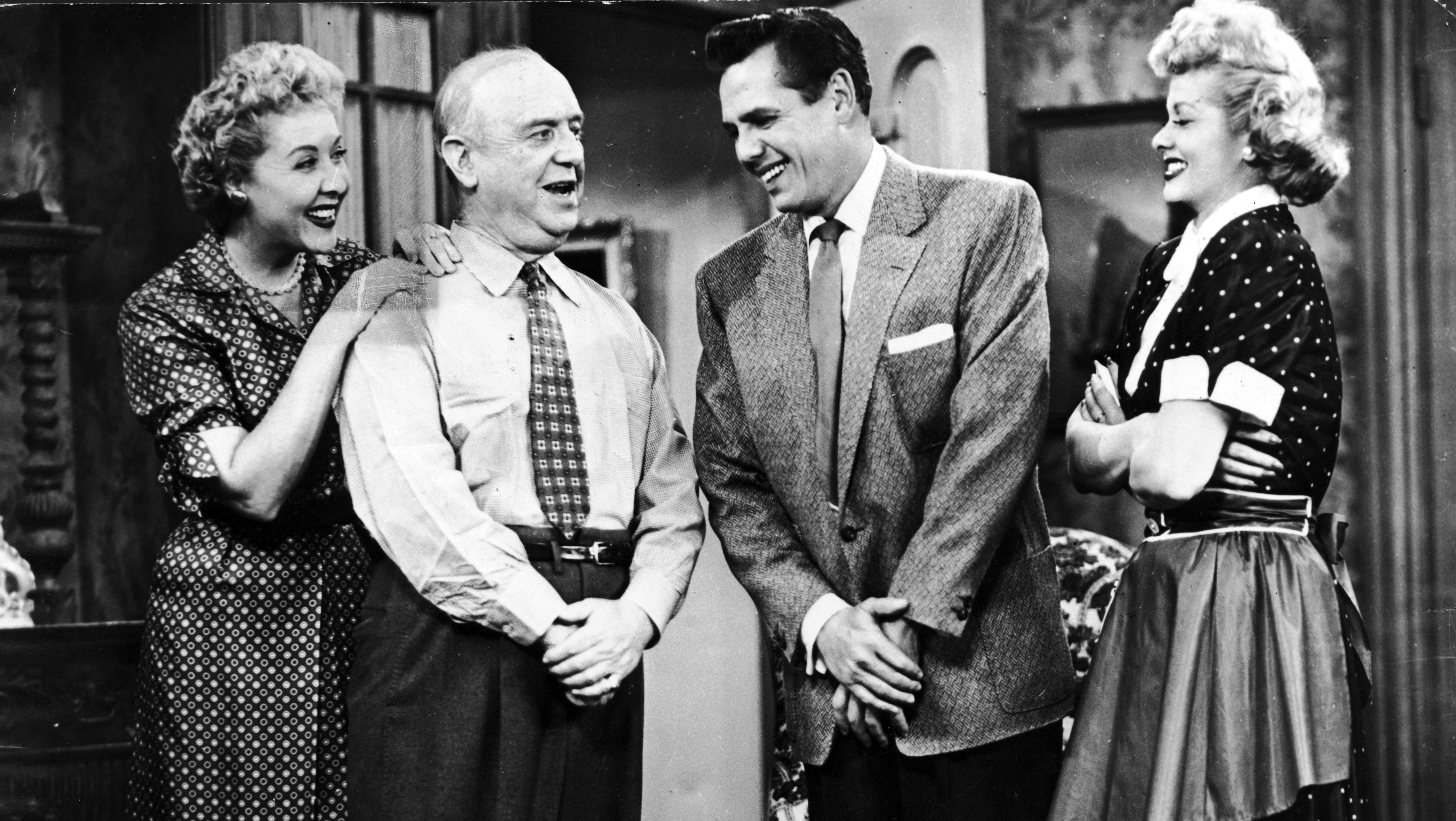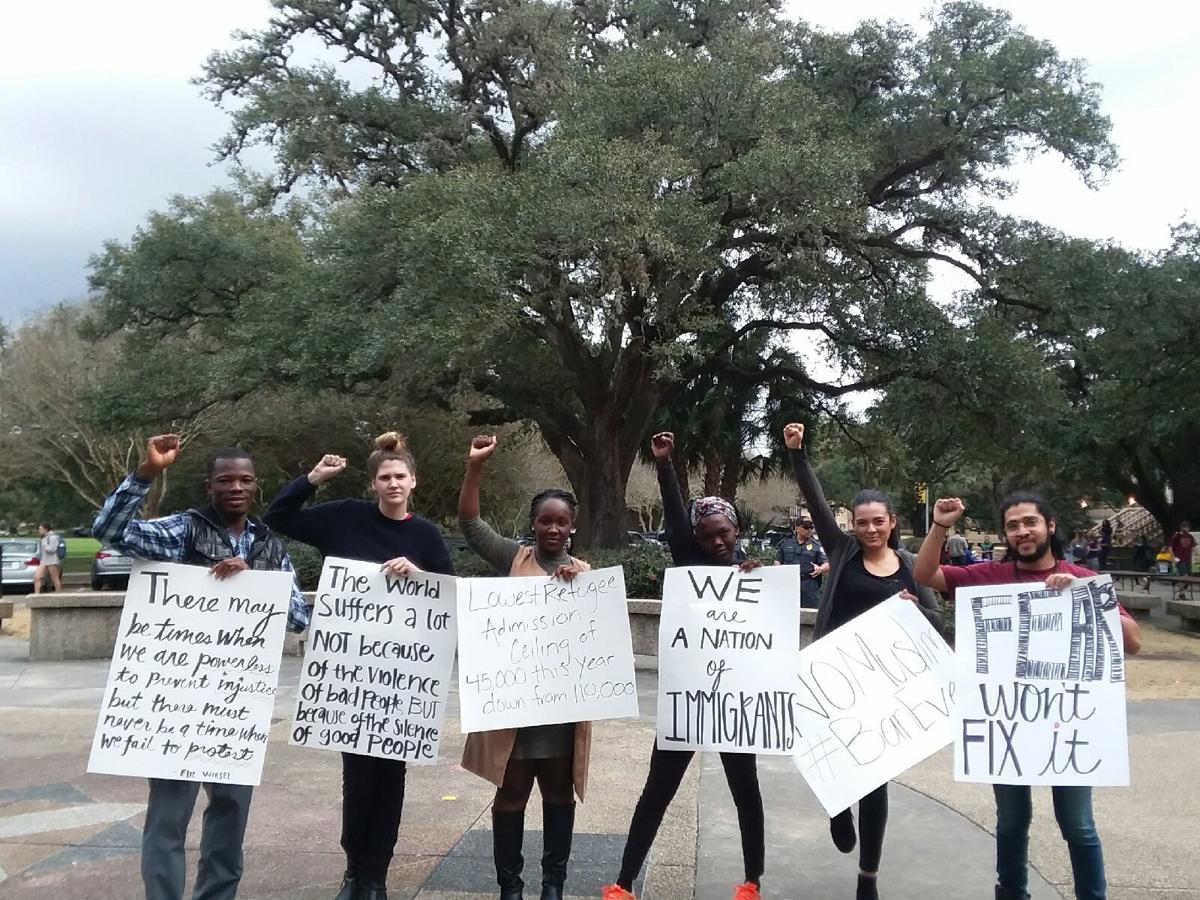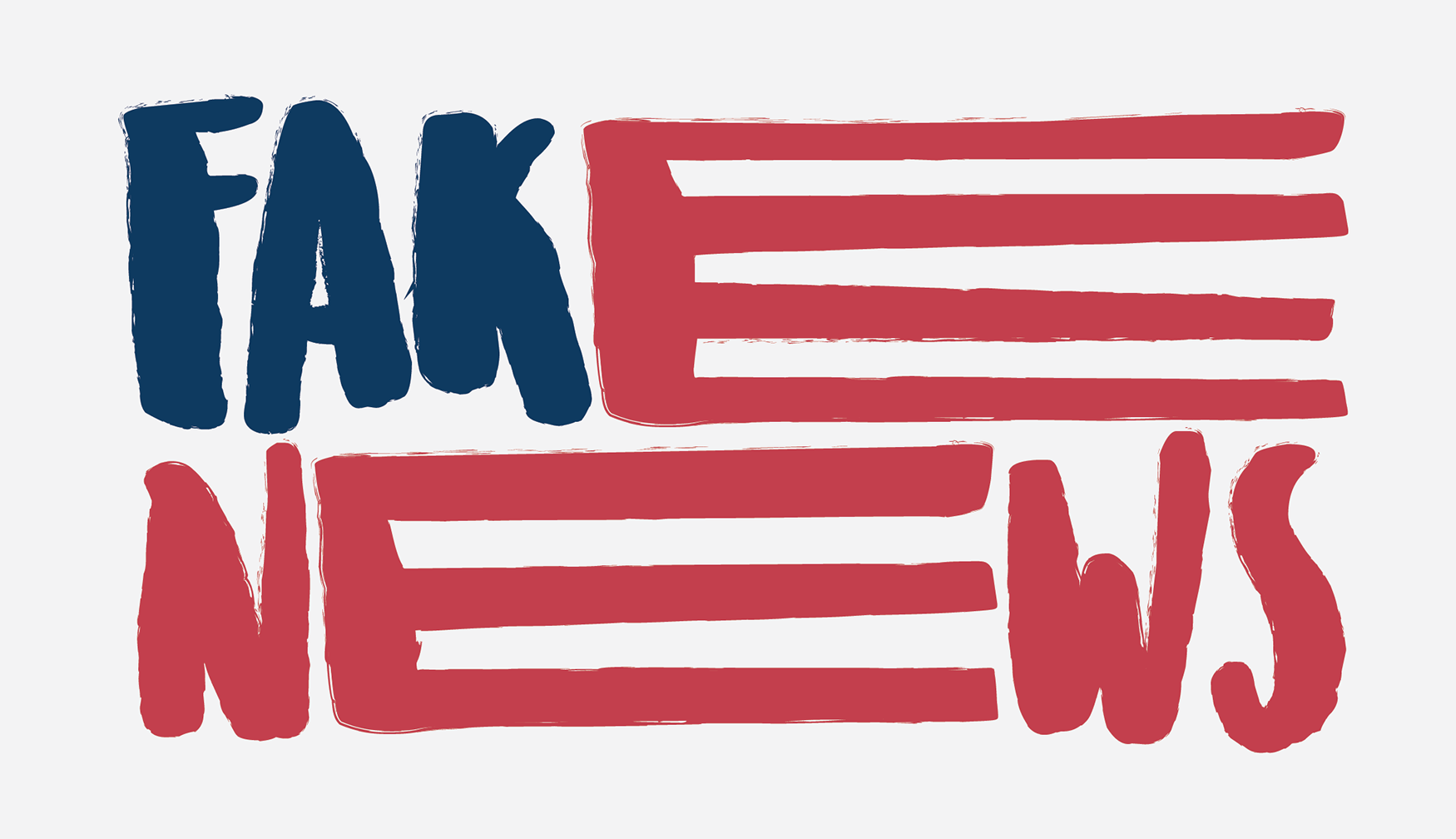
Many Americans spend hours on social media gathering their daily news. Millions of tweets, Facebook posts, and articles sharing the world news. This is the primary source of news for many people. But not every article on the internet is accurate or remotely true but many people don't bother to even fact check social media posts before clicking the share button. The war on fake news has been brewing for several years, but the illusory truth effect has made this fake news even more dangerous.
The illusory truth effect is the theory that someone is more likely to believe something the more often they see it. For example, many people believe that carrots are good for your eyesight because we've seen this advertised and said many times. But in reality, carrots alone cannot approve your eyesight. Because this message has been seen over and over again, people tend to believe it more than one scholarly article that says kale is better for your eyesight.
The problem with the illusory truth effect is that many people just remember the message and not the source. People will see ten messages about how President Obama is not a US citizen from unreliable sources and will be more likely to believe that than if the message were only published once. Fake news articles are accidentally posted and shared all the time, so the likelihood of someone seeing a false message many times, is very high. When people get their news from social media, they are less likely to read the full article or do any further research. They subconsciously trust the message and the person who shared it, and thus fake news is spread like wildfire.
Fake news is dangerous, especially surrounding politics. Politics is such an opinion based system that any false truth shared can completely change public opinions on important subjects. It is imperative that journalists and reporters post articles that are easy to understand and not misleading. It is also the responsibility of social media platforms to prevent normal users from altering headlines and text in published posts. No matter how educated or knowledgeable one is about a subject, seeing repeated messages will still subconsciously impact how we perceive new information. Every person is susceptible to fall for fake news, and it is everyone's responsibility to make sure that all information shared is as accurate as possible.


